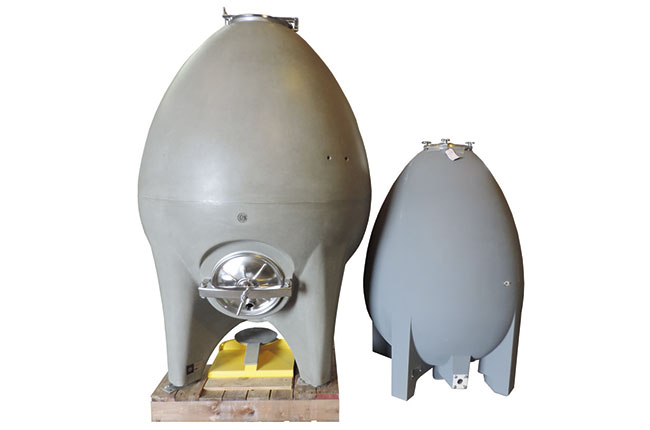Many wine bottles have indented bottoms, but not all. Justin Knock MW on why, and whether there is a relation to quality - as some people believe.
Do all wine bottles have a punt?
Emma Bell, London, asks: I opened a Riesling recently that didn’t have a punt – I thought all wine bottles did? And is there a correlation between wine quality and size of the punt, or is ‘the bigger the better’ just an urban myth?
Justin Knock MW replies: It’s a good question – all Riesling lacks a punt.
The reasons are largely historical and hark back to different bottle-manufacturing technology in Germany, the homeland of Riesling, though the bottle shape and lack of a punt has persisted across the world today for these wines.
Punts were an artefact rather than an intention of bottle manufacturing. Some saw them as advantageous for reds, enabling better sediment separation for decanting, and for greater bottle strength – important for sparkling wine.
Puntless bottles need less glass and are therefore cheaper to manufacture and transport.
It may simply be that the creators of the Hock bottle in Germany had more sophisticated glass-manufacturing technology, with its global adoption most likely driven in an era when Hock-style wines were more highly prized.
Quality and the wine bottle punt

Editor’s note: While opinion differs on the usefulness of the wine bottle punt versus its aesthetic tradition, most critics argue that a wine’s quality can’t be judged on the size of the punt.
If any correlation exists, some have pointed out that wines at cheaper prices must be produced with lower costs. It is arguable, on this basis, that premium wines are more likely to have a punt because this requires more glass.
But, as the Riesling example above shows, this is far from a universal rule and would be a blunt instrument for anyone trying to measure quality.

Storing screwcapped bottles – ask Decanter
Is it more beneficial to store screwcapped bottles lying down or upright? Peter McCombie MW gives Decanter an answer.

Removing a red wine stain – ask Decanter
How to remove a red wine stain...

How important is serving temperature – ask Decanter
How much of a difference does it make - and why..?

Concrete eggs in the winery – ask Decanter
Why are concrete eggs beginning to be used in place of more conventional fermentation tanks? Christelle Guibert provides an eggs-planation...






